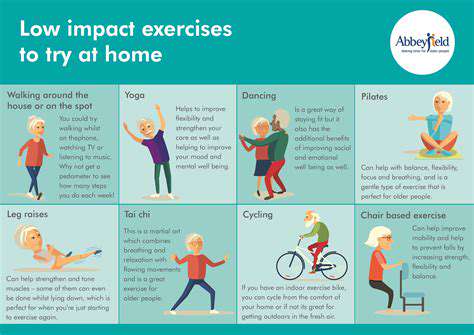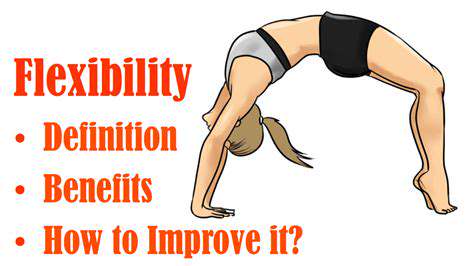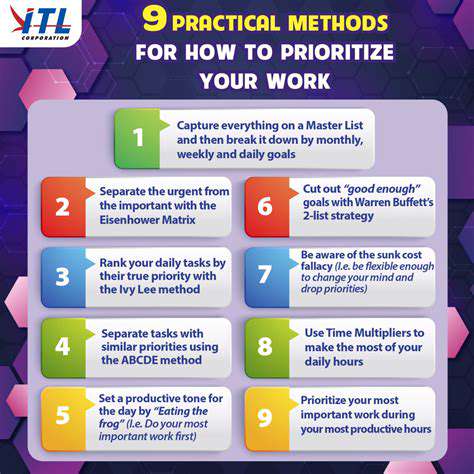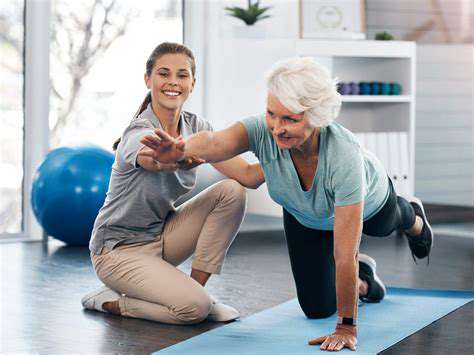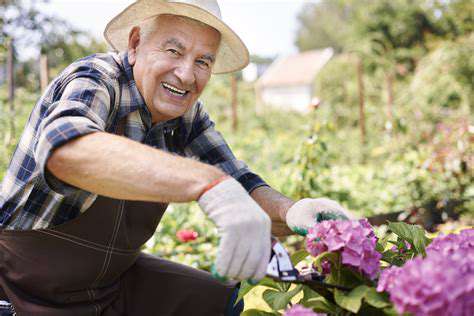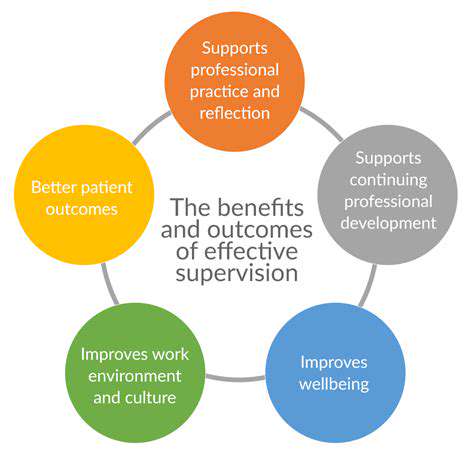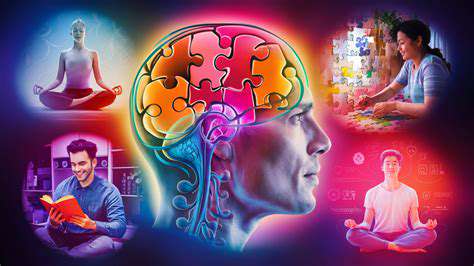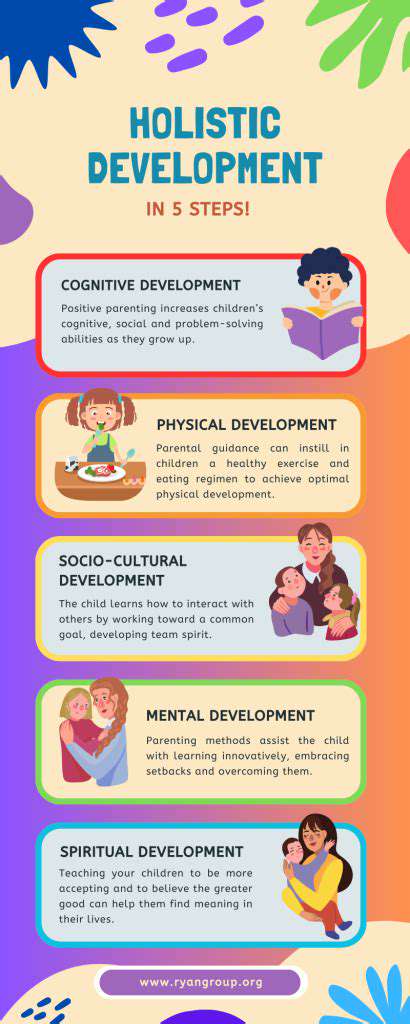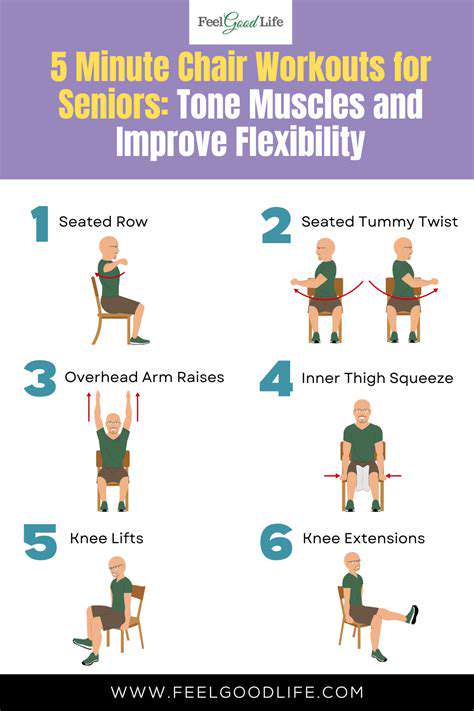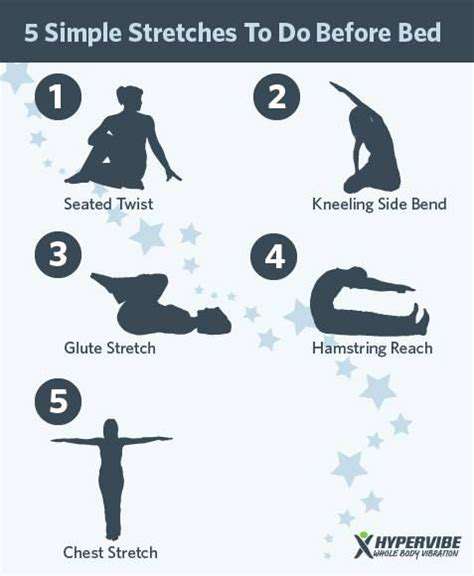Enhance Your Mobility: Low Impact Exercises for Seniors 70+
The Importance of Movement for Seniors
Staying Active Enhances Physical Health
Maintaining an active lifestyle is crucial for seniors, as it directly impacts their physical health. Regular movement, even in small increments, helps to maintain muscle strength and flexibility, which are essential for everyday tasks like getting dressed, walking, and climbing stairs. Exercises that focus on balance and coordination are particularly beneficial in preventing falls, a significant concern for older adults. Engaging in physical activity also contributes to improved cardiovascular health, reducing the risk of heart disease and stroke. Ultimately, staying active promotes a higher quality of life by enabling seniors to remain independent and participate more fully in their communities.
Furthermore, consistent movement can positively impact bone density. As we age, bone density naturally decreases, increasing the risk of osteoporosis and fractures. Low-impact exercises, such as walking, swimming, and water aerobics, can help to slow this decline and maintain stronger, healthier bones. This proactive approach to bone health can significantly reduce the risk of debilitating fractures later in life, thus contributing to overall safety and well-being.
Boosting Mental Well-being Through Movement
The benefits of movement extend beyond physical health; it plays a significant role in boosting mental well-being. Regular physical activity is linked to reduced stress and anxiety levels. Exercise releases endorphins, natural mood boosters that combat feelings of sadness and promote feelings of happiness and contentment. This positive impact on mental health can improve sleep quality, reduce symptoms of depression, and enhance cognitive function.
Engaging in activities that stimulate the mind and body, such as Tai Chi or yoga, can provide a sense of calm and focus, especially for seniors who may be experiencing stress or anxiety. These activities promote mindfulness and stress reduction, creating a sense of peace and well-being, further enhancing the overall quality of life for older adults.
Movement also offers opportunities for social interaction. Group exercise classes, walking groups, or joining a sports club can foster a sense of community and connection. The shared experience of movement, coupled with the companionship of others, can significantly enhance mental well-being and contribute to a more fulfilling life for seniors.
Physical activity, particularly for seniors, is not just about physical fitness, but about promoting mental resilience and a sense of purpose. The act of moving provides a sense of accomplishment and control, which is crucial for maintaining a positive outlook and overall well-being.
Incorporating movement into daily routines, in whatever form it suits them, can lead to a multitude of benefits, improving both physical and mental health. This positive feedback loop further encourages continued participation in activities and strengthens the overall well-being of seniors.
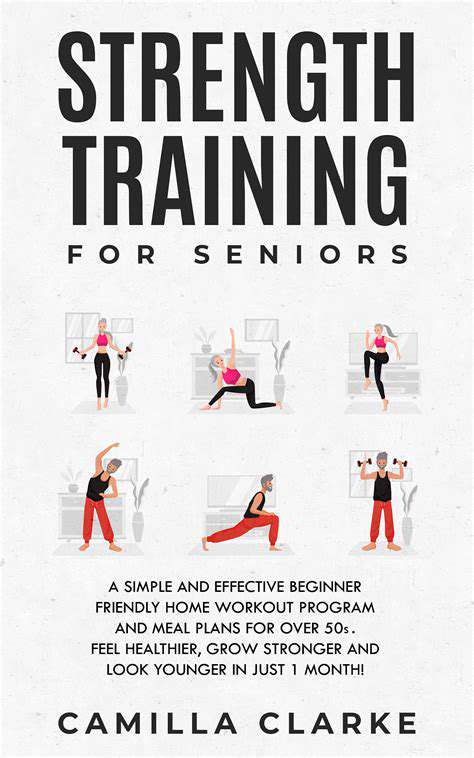
Improving Balance and Coordination
Understanding Balance and Coordination
Balance and coordination are essential components of overall mobility, allowing us to move safely and efficiently through our daily lives. Maintaining these crucial abilities is particularly important as we age, as declining balance can lead to falls and injuries. Understanding the intricate interplay between the nervous system, muscles, and sensory input is key to developing effective strategies for improving these skills.
Proper balance involves the body's ability to maintain equilibrium, while coordination refers to the smooth and synchronized movement of different body parts. These two aspects work in tandem to enable us to perform tasks ranging from walking and standing to reaching and grasping.
Benefits of Improved Balance and Coordination
Improving balance and coordination offers a multitude of benefits, extending far beyond simply avoiding falls. Enhanced balance leads to increased confidence in everyday activities, such as climbing stairs, getting in and out of chairs, and navigating uneven terrain. Improved coordination facilitates smoother and more precise movements, leading to better performance in activities like sports, hobbies, and even simple tasks like buttoning a shirt.
Furthermore, improved balance and coordination contribute to a greater sense of well-being and independence, allowing individuals to participate more fully in their chosen activities and maintain a higher quality of life.
Low-Impact Exercises for Balance
Many low-impact exercises can effectively improve balance and coordination without putting undue stress on joints. Simple activities like standing on one leg while brushing your teeth, or performing heel-to-toe walks, can challenge your balance and enhance your coordination. These exercises can be easily incorporated into your daily routine and don't require specialized equipment.
Coordination Exercises Involving Body Awareness
Exercises that focus on body awareness, such as moving through a room with your eyes closed or performing controlled arm and leg movements, are excellent for improving coordination. By focusing on the position and movement of your limbs, you enhance the communication between your brain and body, leading to more fluid and precise movements.
Combining Balance and Coordination Exercises
Combining balance and coordination exercises, such as standing on a wobble board while performing arm circles or reaching for objects while maintaining a single-leg stance, provides a greater challenge and accelerates improvement. These compound exercises engage multiple muscle groups and sensory systems, leading to a more holistic approach to enhancing mobility.
Importance of Proper Form and Progression
Maintaining proper form during exercises is crucial for maximizing effectiveness and minimizing the risk of injury. Start slowly and gradually increase the difficulty of exercises as your balance and coordination improve. Listening to your body and modifying exercises as needed is essential to avoid pushing yourself too hard and prevent setbacks.
Consistency and Patience for Long-Term Results
Consistency is key to achieving long-term improvements in balance and coordination. Regular practice, even in short sessions, will yield better results compared to sporadic intense workouts. Be patient with yourself; improvement takes time and effort, and setbacks are part of the process. Celebrate small victories and maintain a positive mindset throughout your journey to enhanced mobility.
Flexibility and Range of Motion Exercises
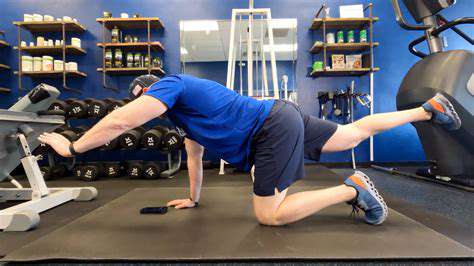
Improving Mobility with Targeted Exercises
Improving flexibility and range of motion is crucial for overall well-being. Regular stretching and targeted exercises, such as yoga and Pilates, can significantly enhance your body's ability to move freely and efficiently. These exercises not only increase your range of motion but also help to reduce stiffness and pain, making daily activities easier and more enjoyable. Consistent practice of these exercises can lead to a noticeable improvement in your posture and balance.
Importance of Dynamic Stretching
Dynamic stretching involves controlled movements that gradually increase your range of motion. It's a vital component of any fitness routine aimed at enhancing flexibility. These movements prepare your muscles for more strenuous activities, reducing the risk of injuries. Examples include arm circles, leg swings, and torso twists. Incorporating dynamic stretching into your warm-up routine is a highly effective way to prepare your body for physical activity.
Static Stretching for Muscle Relaxation
Static stretching involves holding a particular position for a set period to lengthen the muscles. This type of stretching is particularly effective in promoting muscle relaxation and improving flexibility over time. Holding a stretch for 15-30 seconds can significantly increase the length and elasticity of your muscles. It's important to maintain good form and avoid bouncing or jerking, which could lead to injury.
Addressing Specific Joint Pain and Stiffness
Many factors can contribute to joint pain and stiffness, including age, injury, and certain medical conditions. Addressing these issues is crucial for maintaining a healthy range of motion. Specific exercises and stretches tailored to your individual needs can help alleviate pain and improve joint mobility. Consulting with a physical therapist or healthcare professional can provide personalized recommendations for addressing specific concerns.
The Role of Warm-up and Cool-down
A proper warm-up before any physical activity is essential to prepare your body for the demands of the exercise. It gradually increases blood flow to the muscles, making them more flexible and less prone to injury. Similarly, a cool-down is equally important, allowing your body to return to a resting state gradually. It helps to reduce muscle soreness and stiffness and promotes better recovery. Incorporating both warm-up and cool-down routines into your fitness regimen is crucial for optimizing your workout and overall well-being.
